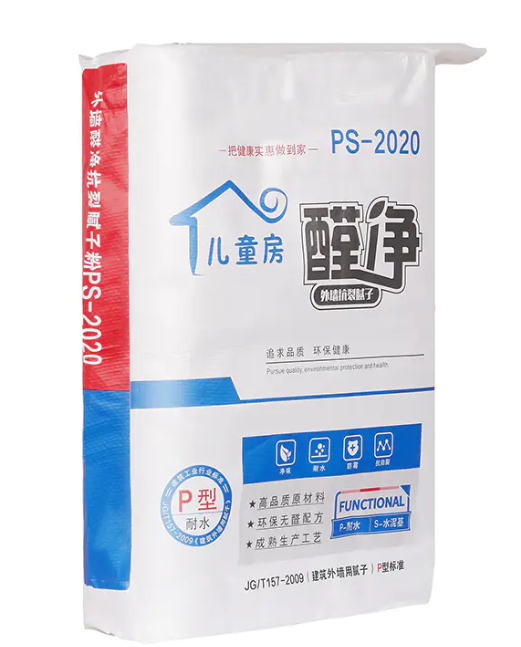Plastic valve bags have become a functional solution in packaging industries that deal with dry, powdery, or granular materials. These bags are designed with a valve on one end that allows for easy filling and secure closure, making them convenient for high-speed automated packing systems.
Their construction typically includes multiple layers of plastic film or laminated materials, giving the bags both strength and resistance to moisture. This feature is especially important in industries where product integrity can be compromised by humidity or exposure to external elements. Plastic valve bags are commonly used for materials like cement, chemicals, flour, and animal feed.
One of the reasons for their wide adoption is their efficiency in reducing waste and spillage during filling. The valve automatically closes after filling, which not only limits product loss but also helps maintain a clean workspace. In addition, these bags can be stacked efficiently, thanks to their compact and uniform shape, aiding in storage and transportation.
Another advantage lies in their customization potential. Depending on the contents, manufacturers can choose from different sizes, thicknesses, and printing options. This ensures that product information, branding, and handling instructions are clearly visible.
Compared to paper-based alternatives, plastic valve bags offer longer shelf life for products and improved protection against tearing. They are also more resilient during handling and stacking. While some concerns exist about plastic waste, many plastic valve bags are designed to be recyclable or reusable, contributing to sustainability efforts when managed properly.
In conclusion, plastic valve bags provide an effective and practical packaging solution for a range of dry materials. Their combination of durability, functionality, and adaptability makes them a reliable choice for many industrial applications.

